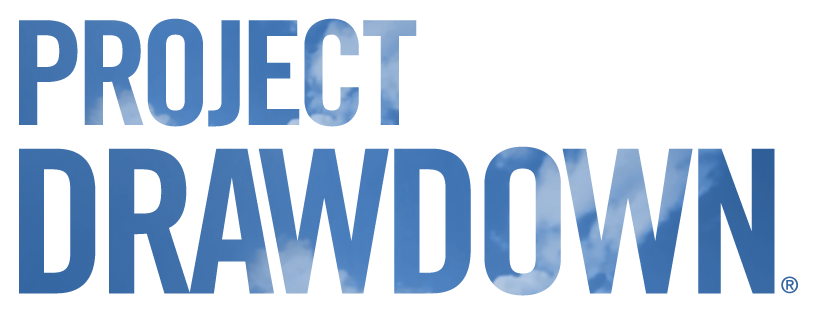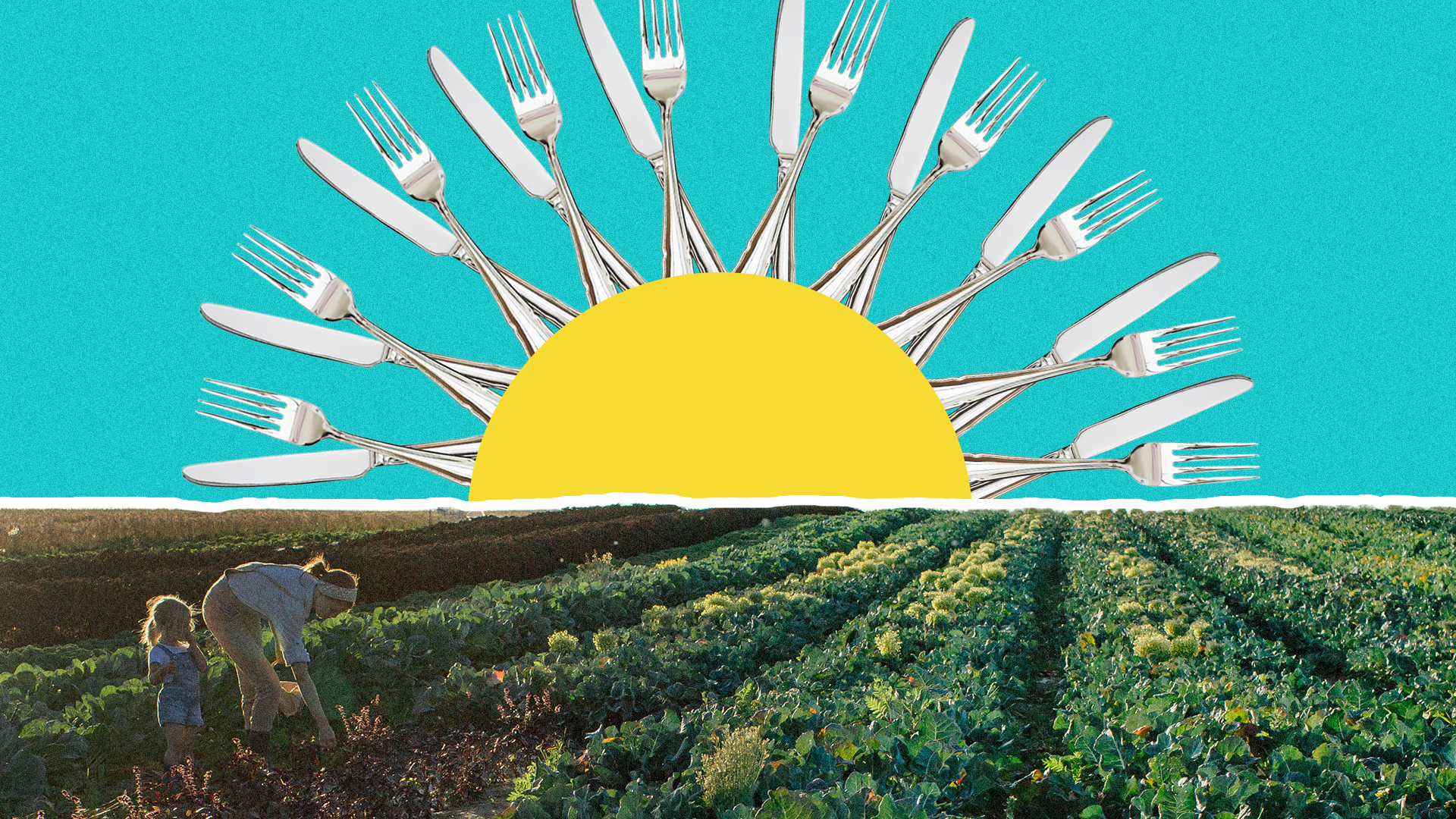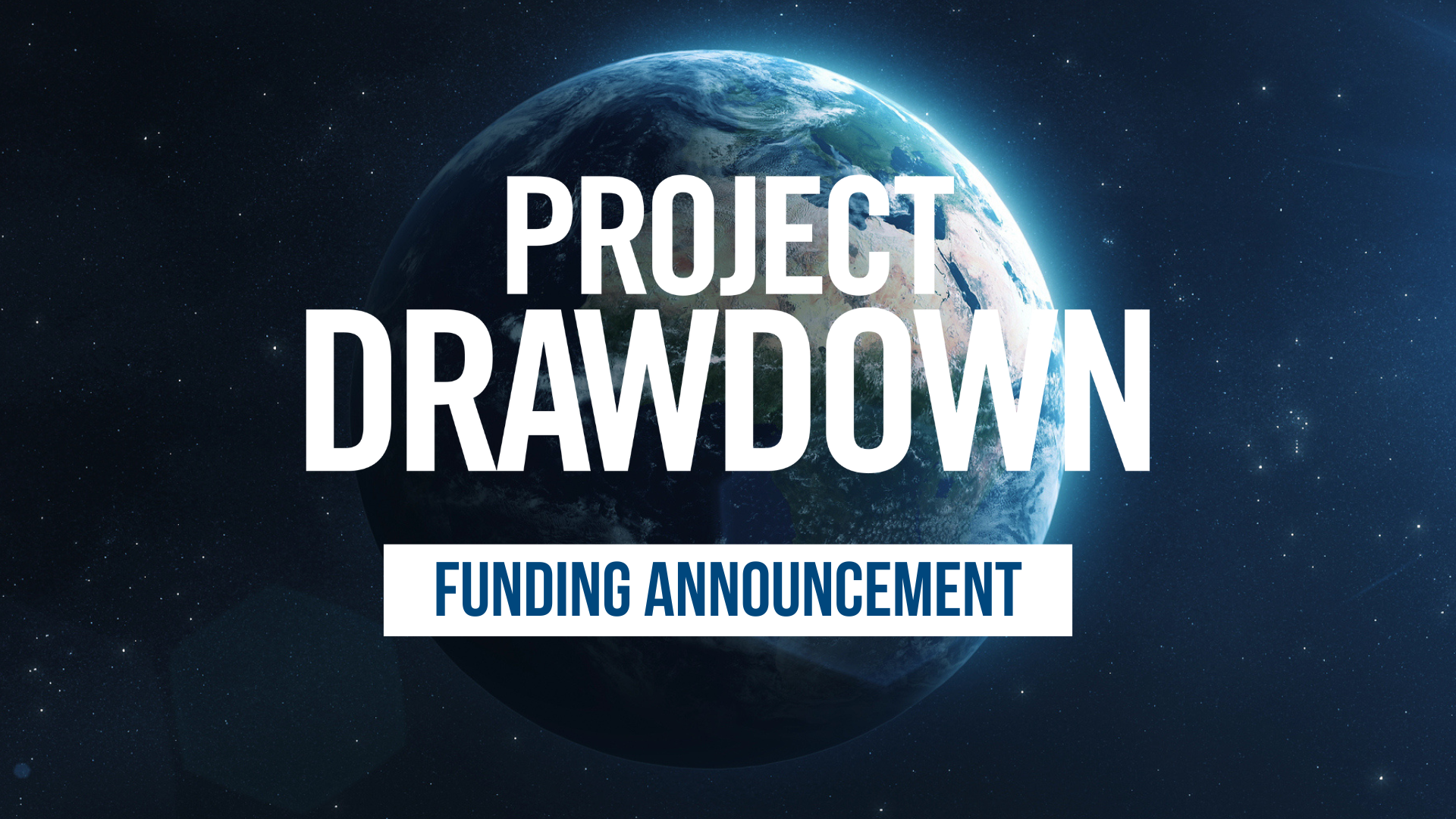Drawdown Labs: The year in review

In 2022, Drawdown Labs called for much more expansive private sector climate action—raising the bar for corporate climate leadership, welcoming more people in to help bring about solutions, and helping shift more money toward climate action.
As Project Drawdown executive director Jonathan Foley and Drawdown Labs director Jamie Alexander wrote in CNN Opinion this year:
Bringing climate solutions into the world at scale requires that every part of the economy bring its superpower to bear: genuine business leadership moving markets, investors and philanthropists shifting capital, workers building solar panels and wind turbines, and cities and states making climate solutions a reality in the places we live and work. And all of this will be accelerated by community leaders, employees and activists keeping the pressure up and demanding accountability.
Galvanizing bold climate action among these powerful global actors—and doing what we can to hold them accountable to their commitments—remains our mission at Drawdown Labs since we launched this experiment three years ago. This past year we were proud to make big moves toward this goal. Read on for highlights from 2022 and a sneak peek at our plans for the year ahead.
We grew our community and expanded our reach:
- We welcomed new businesses Lyft, Etsy, and Askov Finlayson into the Drawdown Labs Business Consortium, expanding the base of businesses with ambition to align with the Drawdown-Aligned Business standard.
- We created a new type of partnership, welcoming five organizations as implementation partners to help our business network reach the standards we’ve set out in the Drawdown-Aligned Business Framework: Carbon Collective, Doughnut Economics Action Lab, Evergreen Action, Rewiring America, and Seneca Solar.
- We reached a new audience, business school students at the University of Colorado–Boulder, with a new course on the Drawdown-Aligned Business Framework.
- We learned from the expertise of our two senior fellows, Chidi Oti Obihara and Sarah Frias-Torres, who spent the year with us doing important research on how Project Drawdown’s climate solutions can help shift the flow of capital to climate solutions.
We used our platform to hold leaders accountable and call for faster action:
- Drawdown Labs director Jamie Alexander called on President Biden on Al Jazeera to declare a climate emergency, unlocking more resources to help scale climate solutions.
- We played a key role in mobilizing business support for what became the Inflation Reduction Act, including by placing a full-page ad in the New York Times—seen by over 4 million readers—reminding the world that we have the solutions to the climate crisis and that leading businesses support strong federal climate policy.
- In a fiery discussion between Jason Jacobs and Jamie Alexander on the My Climate Journey podcast, we helped open up a new conversation about some of the tensions and double standards that exist in the climate solutions space, igniting important discussions and helping all of us see ourselves on the same team.
- We held our business partners to a high standard, and publicly called on them to step up when they fail to meet our expectations.
We leveled up corporate climate leadership to a new Drawdown-Aligned standard:
- We gathered an all-star lineup of climate experts and advocates in a webinar to press business leaders on robust climate policy advocacy. To accelerate work in another key area of leverage, investments and finance, we also organized two webinars on decarbonizing corporate cash and greening 401(k)s to show that cash is not climate neutral.
- Senior associate Julian Kraus-Polk wrote for GreenBiz that companies must consider their financed emissions if they are to help curb the climate crisis.
- Understanding that each company and industry has a “climate superpower,” we brought together a group of experts to crosswalk the Drawdown-Aligned Business Framework with the gaming industry, utilizing its extensive reach to explore how it can go beyond operational “net zero” and level up climate impact.
- Recognizing the world’s need to rapidly shift capital away from carbon-intensive activities and toward climate solutions, we worked to expand upon a new work stream focused on the role of finance. We brought on two senior fellows to kick-start this work by researching key climate finance and philanthropic strategies. And we laid the groundwork for a 2023 launch of a new network of investors and philanthropists who will work with us to better align funding decisions with strategic climate solutions.
We equipped employees with tools and inspiration to take climate action at work:
- We are proud to be doubling down on our call to action: Every job is a climate job. To help bring this idea to life, this year we dug deeper into what that means and how we can help bring that rallying cry to life.
- We released Job Function Action Guides for seven common corporate job functions, highlighting the climate actions that individuals in these roles can implement at work.
- We connected thousands of employees with the action guides via social media, newsletters, presentations, and podcasts; the action guides are currently being used at companies across tech, manufacturing, food, and other industries.
- We partnered with Terra.do to provide a deeper insight into what it means to apply a climate lens to your current role.
- Jamie was a guest on the A Matter of Degrees podcast to discuss how individuals can take climate action at work.
- Senior associate Aiyana Bodi discussed the creation of the action guides for Work on Climate.
- We told employee stories, from those deeply engaging their customers and communities, to employees working beyond their job description—all in the pursuit of climate action.
- And so much more on our YouTube channel.
Stay tuned to our YouTube channel and sign up for our newsletter at the bottom of this page to stay in the loop on the work we have in store in 2023.
Press Contacts
If you are a journalist and would like to republish Project Drawdown content, please contact press@drawdown.org.



